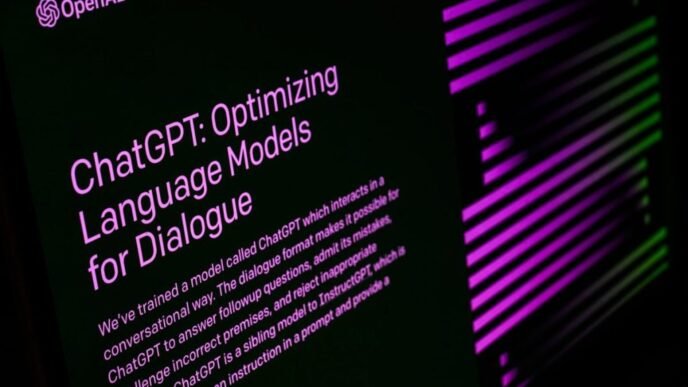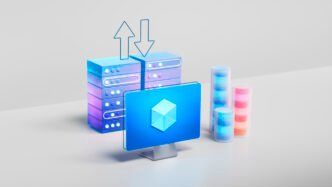The Future of Neural Networks: Hardware Integration
Recent advancements in machine learning suggest that the next generation of neural networks could be embedded directly into hardware, leading to faster image recognition and reduced energy consumption. This approach, discussed at a prestigious machine learning conference in Vancouver, could revolutionize AI systems.
Understanding Neural Networks
At their core, neural networks like GPT-4 and Stable Diffusion rely on perceptrons—simplified models of brain neurons. While powerful, these software abstractions require significant energy, prompting companies like Microsoft to seek alternative solutions.
The Hardware Approach
Felix Petersen, a postdoctoral researcher at Stanford University, proposes a method using logic gates as the fundamental building blocks for these networks. Logic gates, made from transistors, can process binary inputs (0s and 1s) efficiently. Petersen’s research indicates that these logic-gate networks can operate significantly more efficiently than traditional perceptron networks.
Efficiency and Energy Consumption
During his presentation at the Neural Information Processing Systems (NeurIPS) conference, Petersen revealed that logic-gate networks consume energy at a rate hundreds of thousands of times lower than conventional networks. This efficiency could potentially allow for their integration into everyday devices, lessening reliance on cloud computing.
Performance Challenges
While logic-gate networks are faster and more efficient, they currently lag behind traditional networks in performance on complex tasks like image labeling. Zhiru Zhang, an electrical and computer engineering professor at Cornell University, notes that closing this performance gap could unlock new possibilities in machine learning.
Innovative Training Methods
Petersen’s journey into developing energy-efficient AI networks stemmed from an interest in “differentiable relaxations.” He adapted backpropagation—an essential algorithm in deep learning—for use with logic-gate networks. This innovative approach allows for training despite the inherent limitations of logic gates.
Challenges in Training
Training these relaxed networks presents significant challenges. Each node might function as one of 16 different logic gates, requiring extensive computational resources and time. Petersen’s research team faced difficulties due to the limited availability of GPUs, which are crucial for training conventional networks.
Comparative Performance
Despite the training challenges, once established, logic-gate networks have demonstrated performance comparable to other efficient methods, like binary neural networks. In tests using the CIFAR-10 dataset, Petersen’s networks classified images effectively with fewer logic gates and in a fraction of the time.
Future Implications
Farinaz Koushanfar, a professor at UC San Diego, expresses skepticism regarding the scalability of logic-gate networks for more complex problems. However, Petersen remains optimistic about developing what he envisions as a “hardware foundation model.” This model could lead to mass-produced chips that integrate efficiently into personal devices.
Potential Energy Savings
If successful, these hardware-embedded networks could significantly reduce the data exchanged between devices and servers, enhancing energy efficiency. Petersen’s approach is to create a network that, while not outperforming traditional models, offers a cost-effective and energy-efficient alternative.
Conclusion
As research progresses, the intersection of hardware and neural network technology could pave the way for a new era in AI, characterized by efficiency and performance. The journey to integrating these systems into everyday technology may redefine how we approach machine learning and artificial intelligence.
For more insights into AI advancements, visit this resource.













